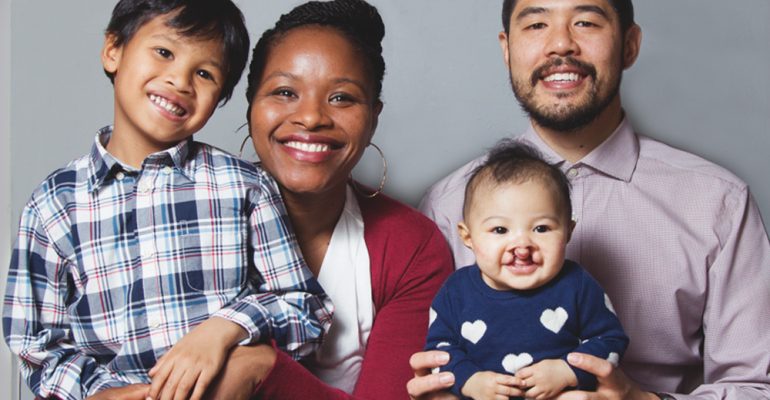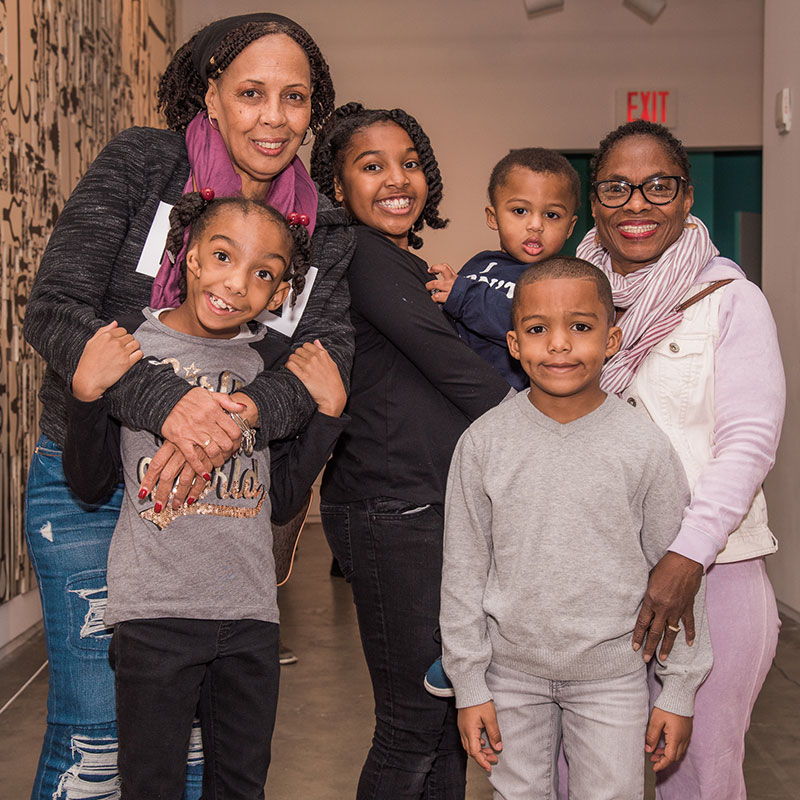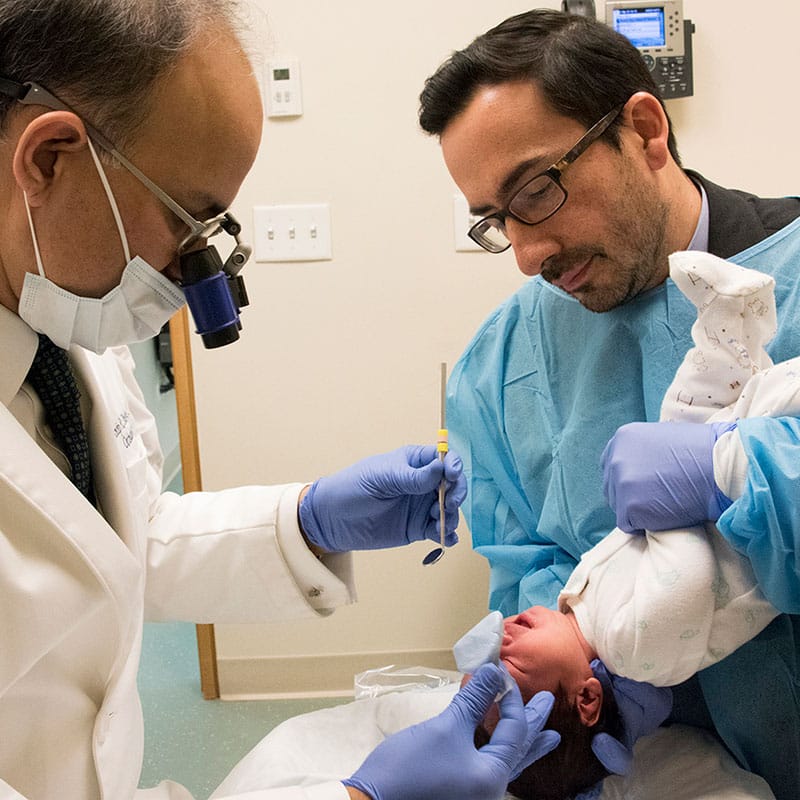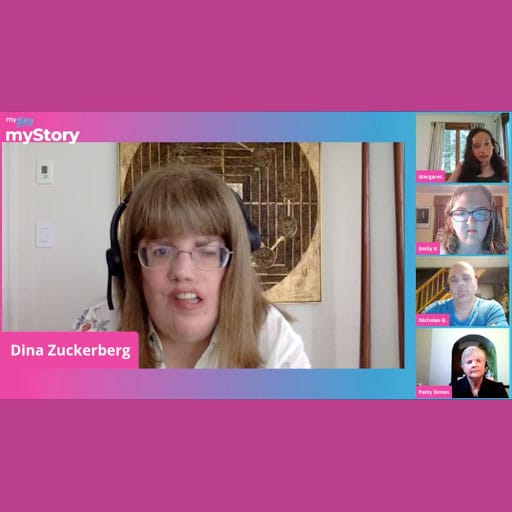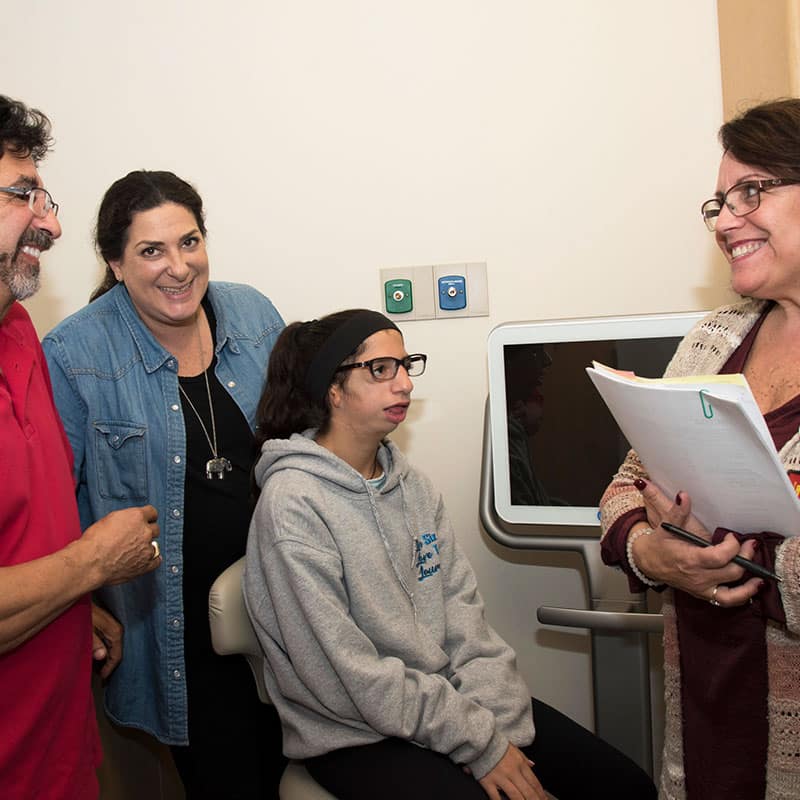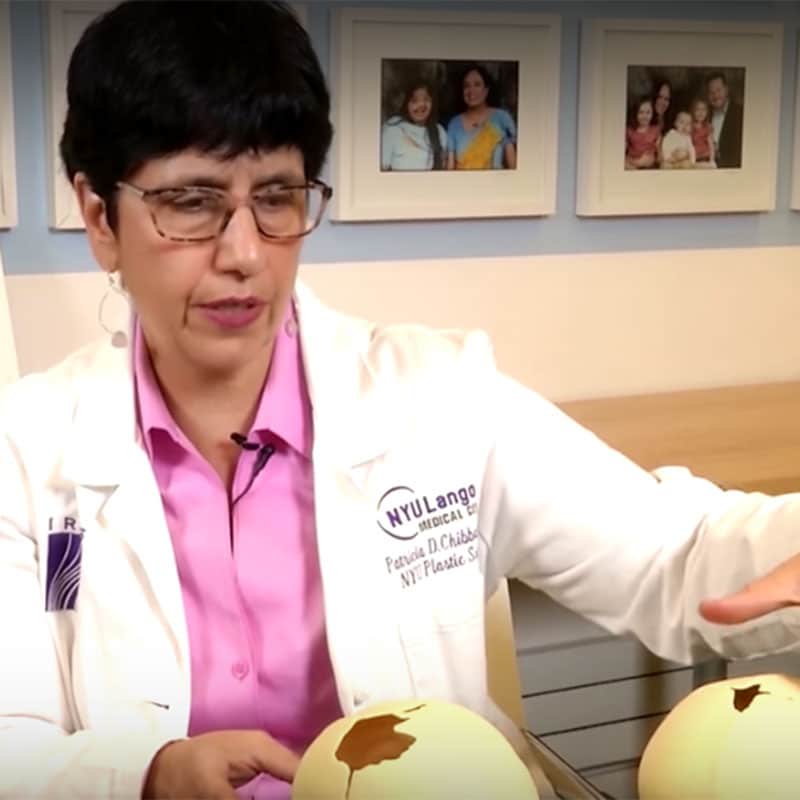In my last piece, I wrote about the different feelings that we experience as parents after finding out our child will be born with a cleft. I mentioned that doing research and coming up with a plan was a crucial part of getting to that place where you can be content. In this post I’m going to write about some of the ways you can research and prepare. To many of my family and friends I’m known as “the researcher”, that guy that can out-Google anyone. If there’s information out there on the internet, I can find it for you. Naturally, when I found out Akemi was going to be born with a cleft, I spent many of my free hours finding out more information. These pieces of information helped me prepare for the cleft and get me to that place where I felt content and ready to tackle everything; I thought I’d share with you some of these steps and best resources.
Finding out more about Clefts
The first thing you’ll probably want to do when you find out your child has a cleft is to find out more about it. Even though Clefts are one of the most common birth defects, many people have a rudimentary understanding of what a cleft is (I was one of those people). Take your time through this step in the early days. Only do what you feel comfortable with. It’s going to be a very emotional time for you, so don’t go all in at once if you don’t feel ready. Here are some resources that explain better what a cleft is and what you can do.
Cleft Advocate
This is Cleft Advocate’s FAQ page. A great 101 guide to clefts for you and to share with friends and family members who want to know more about clefts.
Stella’s Story
This is a photojournal/blog set up by a family for their daughter Stella. It starts from her birth and goes up until she’s about 5. A lot to read through, but also very informative.
Researching a Surgeon/Team
One of the most important steps that really helped us come to terms with everything was finding a surgeon and cleft team with whom we felt comfortable. There are a number of resources for starting your search online.
Cleftline – lists a number of teams not just throughout the country, but throughout the world. Some of their information is updated.
Cleftopedia – a more up-to-date lists of teams around the world. Many of the teams are also reviewed by users, who not only post reviews, but also photographs.
If those two don’t yield any results you can always Google Search: Cleft Surgeon (Your City or nearest Metropolitan area) or Cleft team (Your City or nearest Metropolitan area). Once I found a surgeon in my area, I generally Googled their names to find out more about them and other reviews or articles they had written.
Interviewing a Surgeon/Team
Once you find a team or teams in your area (or someone you’re willing to travel to), call and schedule an appointment to meet with them. This appointment will be your chance to meet the surgeon and, often times, other members of the team who will be caring for your child. Before you meet with the team, come up with a list of questions to ask the surgeon. We made a notebook and created a different page for each team we went to visit with. We asked the same procedural questions like surgery time to every team and kept a note of it. We also took notes on what we thought of the doctor after the visit.
Questions to Ask
Cleft Advocate
A great overall resource that helps with a number of things from finding a team to answering insurance questions. This page in particular gives a good list of questions to ask. I found this especially helpful for my first meeting. After you meet your first surgeon, you’ll have a much better sense of how the surgery works and can use these questions along with your prior knowledge.
Cleftsmile
More basic questions here but again, a good starting point.
Support Groups
There are a number of support groups out there for families with cleft affected children both online and in-person. We were fortunate to have a good support network of friends and family who we could share the news with and talk to; still, we became active in some online communities. These communities were invaluable because the members were people like us, who were able to share both cleft specific support and resources.
BabyCenter Cleft page
This seems to be the first page a lot of families stumble on. Lots of discussion about best practices, different cleft teams, picture sharing, and just coping. One of my favorite posts about the process I found on BabyCenter (even though it was addressed to moms – it was relevant to dads.
Cleft Mom Support Facebook page
For those of you with Facebook pages, this is a great closed group that is very active. You have to be invited or request to join the group, but once you are in you can post pictures and thoughts to the group without it being shared on your timeline. Again a great resource and while its called the Cleft Mom Support Group, it’s relevant to dads.
Insurance
For me, navigating insurance has been the most difficult part of the process. You call one day and get one answer from one person, and the next day you get an entirely different answer. Nobody seems to know what they’re talking about or what a cleft is. It’s like you’re just talking to a robot who is reading off of a script. My best advice for any of you who need to call your insurance company is to get a notebook and log EVERY CALL. I didn’t do a great job of this myself early on, and now regret it.
For every call, the key pieces of information you should get are the name of the person/people you’re speaking to and their ID number. Just do this at the beginning of the call and get it over with. Say you just want to record their name for your records–nobody will have an issue with it. At the end of the call, record the reference or case ID #. This will allow the next rep you inevitably speak to pull up records from that previous call.
Cleft Advocate
Another awesome page by Cleft Advocate that outlines your rights in different states and also gives valuable advice (including sample letters and what to say/not say) to insurance companies.
Other Resources
For cleft success stories, cleft blogs, and cleft pictures will give you a bunch of results. Here are a few of my favorite other resources.
Cleft Advocate
I used this photo page to find other examples of BCLP to show my parents so I could explain to them not just the anatomy of what was going on, but what the results would look like.
Cleft Cutie
Another IRPS mom, Danielle, did a wonderful job writing about and documenting the process for her son Will. Danielle also is one of the founders of the Cleftopedia site.

